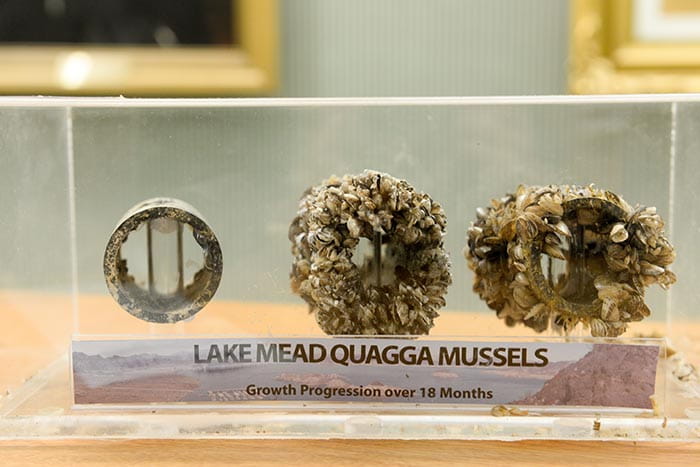Released on November 30, 2016
The Government of Saskatchewan has wrapped up its aquatic invasive species (AIS) monitoring program for 2016 with no confirmed findings of invasive mussels within the waterbodies sampled.
However, these small but destructive mussels have been discovered in some neighbouring provinces and states. This includes the recent discovery of larvae from invasive mussels in Montana waters for the first time.
Saskatchewan’s efforts include sampling for zebra mussel larvae in high-risk waterbodies, along with an adult mussel monitoring program. These programs involve SaskPower, the Water Security Agency and multiple watershed groups across the province. In total, 70 waterbodies were included in the sampling and monitoring program.
In addition to the monitoring and educational programming, provincial regulations allow conservation officers to inspect, quarantine and decontaminate watercraft known, or suspected to contain aquatic invasive species.
“As a province, we really need to be diligent in our efforts to stop these invasive species from entering our lakes and waterways,” Environment Minister Scott Moe said. “This year, 776 watercraft inspections were done, and we completed 25 decontaminations. Two of these boats actually had visible mussels attached to the watercraft. The remaining decontaminations were due to boats coming from high-risk waters, or they may have had standing water in the boat.”
Saskatchewan works closely with other jurisdictions on this issue and will continue to work with other agencies and jurisdictions to co-ordinate inspection efforts.
Earlier this fall, Montana discovered invasive mussel larvae in the Tiber Reservoir east of Shelby, approximately 240 kilometres south of Lethbridge, Alberta.
Species such as zebra and quagga mussels can be impossible to eliminate if they become established in a waterbody, and have the potential to severely impact aquatic habitats, fisheries, valuable recreational resources and water-related infrastructure.
More information about fishing and aquatic invasive species can be found in the Saskatchewan Anglers’ Guide and online at www.saskatchewan.ca.
-30-
For more information, contact:
Ron Podbielski
Environment
Regina
Phone: 306-787-6595
Email: ron.podbielski@gov.sk.ca


